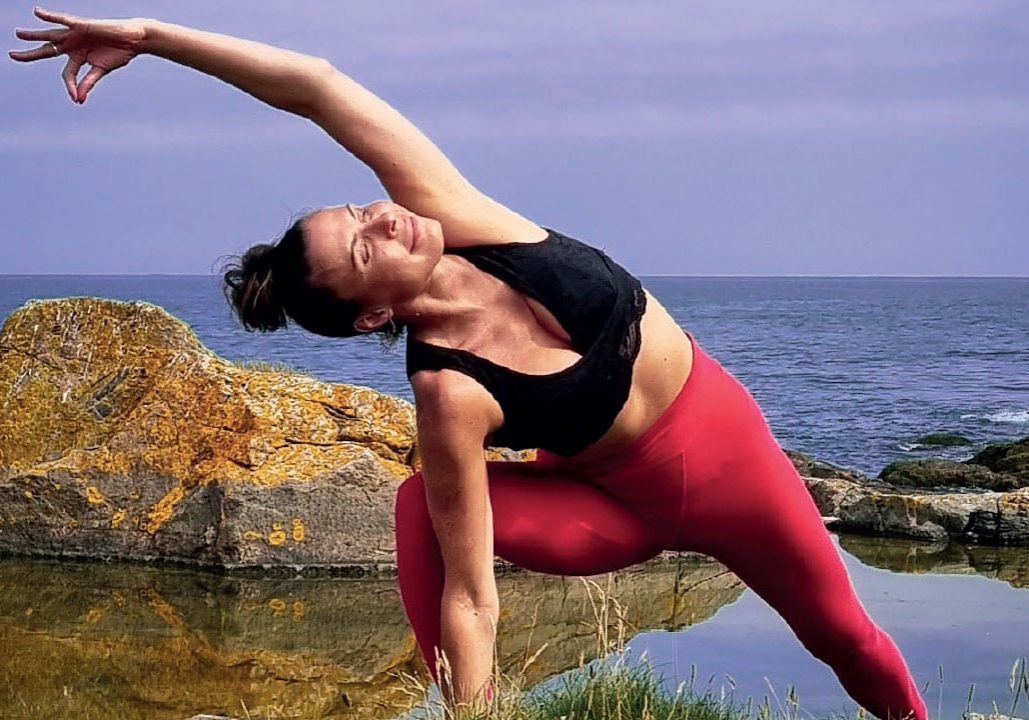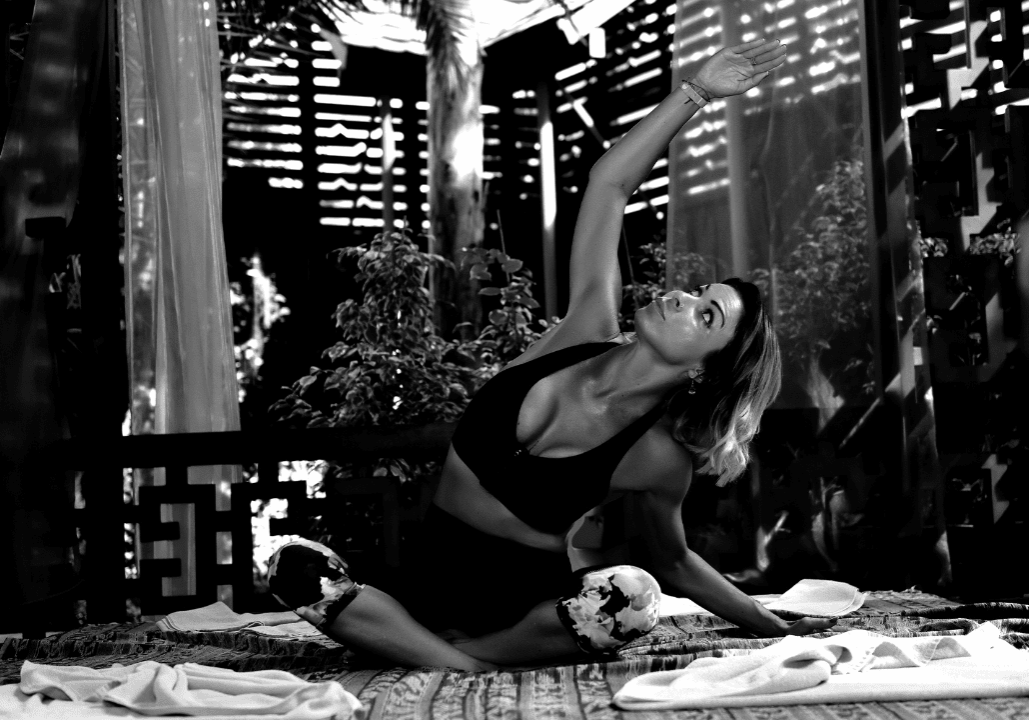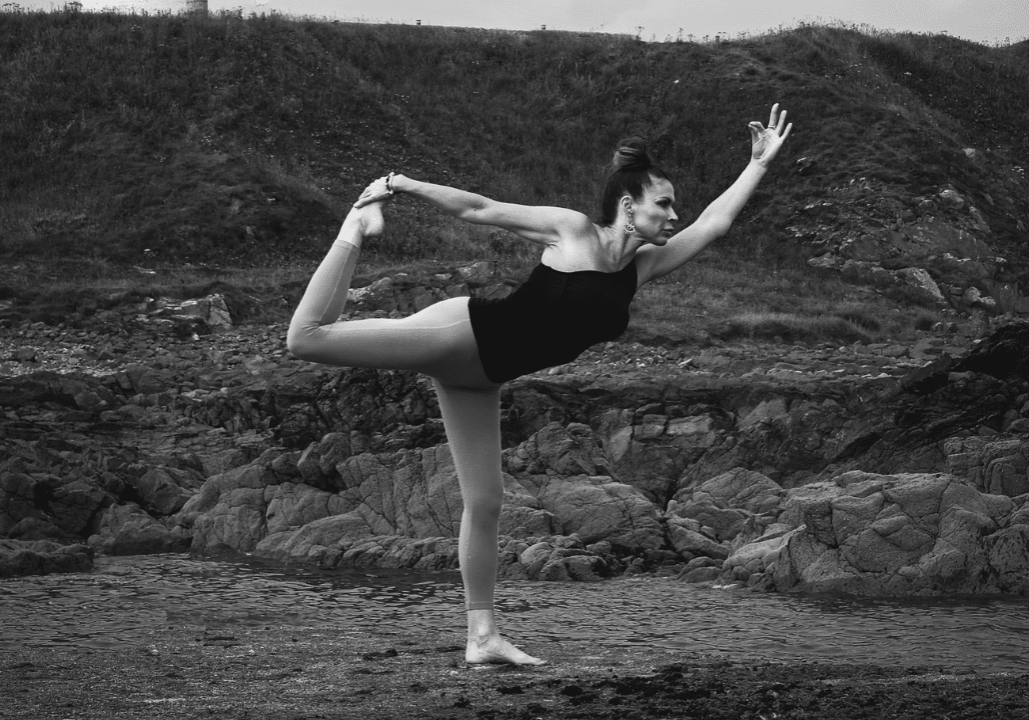
Emotional Baggage
Dealing with your own mental and emotional issues on a yoga teacher training course
Every trainee at some point during their training will have a personal challenge to overcome, especially as the veil of illusion (maya) is lifted with our yoga practices. Life will inevitably throw us curveballs, and it’s up to us how we perceive these challenges. Thankfully, if a belief is not supporting us, it can be changed. Emotional responses are provoked by thoughts. Some thoughts are repetitive, strong, and/or unconscious and have therefore become our beliefs. Arguably, the primary benefit from changing unhelpful beliefs is the resulting ability to change emotions.
We use the image of a glass half-full or half-empty to describe how different people see the world. The proverbial glass is the same, but where an optimist sees abundance and opportunity, a pessimist sees a reason to despair. The sutras (and neuroscience) tell us that you have a choice in how you interpret that glass, as long as you put a conscious effort into it. Since our emotions flow out of our perception of the world, if that perception is reframed, our emotions will change, too. This applies to mundane experiences (for example, choosing not to be bothered by traffic and instead enjoy an audio book that you are listening to) and life-altering events (for example, choosing to see downsizing at work as an opportunity to pursue your true calling). Science shows that just having a perception of choice in any given situation helps you feel less fearful and uncertain.
If you’ve tried to address a problem but it keeps reappearing, it may be a subconscious programme that is thwarting your efforts. To change a belief is to embark on a process of evolution and transformation. Here are a few things to consider when engaging in such inner work.
- Be kind to yourself and make time for quiet rest each day.
- Acknowledge that emotions and the consideration of new ways of being may at times seem overwhelming.
- Remember that you are not alone, and you’ve done nothing wrong. Meditation and daily gratitude journaling can help to feel these truths.
- Know that the ego is likely to send a barrage of thoughts that changing your thinking around a deep issue (core belief) would be akin to dying. But remember that in reality, consciously changing mental patterns and beliefs will expand your choices and bring relief and freedom.
- Make simple changes to your routine such as taking a new route when walking or commuting. Begin something new, whether it be a class, a book or some other undertaking.
- Find a supportive community.
- Volunteer. Give without expecting anything in return.
- Cultivate loving relationships based on mutual support.
Most techniques for overcoming limiting beliefs are based on a foundation of self-study (svadhyaya) and mindfulness. Becoming present and mindful gives you access to the body’s innate ‘navigational system’ — the ability to discern what is happening internally and externally. This is the doorway that enables you to notice patterns and uncover hidden beliefs. By definition, subconscious beliefs run our lives from behind the scenes. In order to gain more control, it becomes necessary to identify unconscious programming and patterns. For example, a belief that ‘life is just too hard’ can cause a person to take half-hearted action toward goals, leading to disappointing results, which then ‘proves’ the limiting belief.
To uncover limiting beliefs, commit to being open and curious about your feelings and emotions. This means working to change any patterns of suppressing emotions when they arise. By definition, core beliefs carry emotional attachments and thus, emotions are an inseparable aspect of working with limiting beliefs. In order to make the unconscious conscious, we must commit to allowing emotions to surface — and then to ride the waves. This doesn’t mean indulging in discomfort by acting out in anger, nor does it mean getting caught in the endless looping of associated thoughts. Instead, the task is to stay with bodily sensations and feelings as they arise, using the breath and awareness to ‘ride the wave’ of the emotion as it arises, crests and falls; suppressing emotions goes against a natural gift of human life. Suppression or excessive mental reacting prevents the emotion (energy in motion) from moving and releasing energy. Allowing emotions to arise and pass can release tension, open space, and inspire insight, among many other potential benefits.
Typically, behaviours (which are reflecting beliefs) are an effort to get something we want or think we need, such as acceptance, love or safety. How emotions play into this picture can add a level of complexity and intensity, with emotions keeping us tethered to beliefs. For example, if you absorbed toxic beliefs early in life, you may unconsciously believe you aren’t good enough and find yourself expressing your fears to others. It may be that your friends feel sorry for you and try to support you by commiserating and giving you attention. This can subconsciously feel like an emotional payoff for self-pity. While none of this may be conscious, you feel good when you have support and love and this emotional connection may then perpetuate a cycle where you highlight your inadequacies in order to gain help, attention and love, which in turn creates more people feeling sorry for you, thus reinforcing beliefs of inadequacy.
Once you’ve identified limiting beliefs, a key tool is pratipaksha bhavana, or cultivating opposing thoughts, as described in Sutra 2.33. What’s on the flip side of your thought? Rephrase it in the positive opposite. Challenge it, explore it, look in and see if there is any other
meaning for you. How else might you express it? Open yourself up to awareness. Ask yourself questions that can help to open your mind to different possibilities:
- Is this belief true? Is it absolutely true? How do I know it’s true?
- How might someone else see this?
- What’s an example of how it’s not true?
- Where does the story of this belief begin?
- What is my earliest related memory?
Perhaps you will notice less power and energy around the replacement thought in comparison to the ingrained belief that you have imbued with the power of repetition. Recognise that this is natural; have faith that momentum will build as you find more and more proof of the opposing thought and feel the expanded energy of the associated feelings.
We all look at the world through a clouded and coloured lens that contains our past experiences and current beliefs. By practicing yoga, we are trying to purify that lens, so that “it becomes like a transparent crystal, able to reflect clearly the object of perception, the perceiver and the act of perceiving.” (Sutra 1.41) That is a pretty tall order, but the ability to reframe our view of the situation on demand is a giant step toward it.
Louisa Craig (also LouisaYoga on social media) is a Yoga Trainer Pro & owner of LKY Yoga School. (lkyyogaschool.thinkific.com & yogateachertrainer.co.uk)







